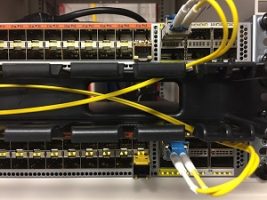Routing and Switching
Routing and Switching is at the core of the network. No matter what part of the network you play in, there’s something here for you.
In the switching world, we need to consider technologies like VLANs, Etherchannels, and Q-in-Q.
Of course, this wouldn’t be complete without discussions on OSPF, BGP, and other routing tehnologies.
Data Centre technologies also make an appearance. These include VXLAN, ITD, and FabricPath
Articles
Videos
GRE Tunnels
GRE Tunnels provide a convienient and inexpensive way to connect networks
VRF's
Break up your layer-3 network with VRF's. See how to use them, and what they can be used for
VXLAN
Safely scale out the layer-2 domain in the data centre. This is the start of the VXLAN journey
